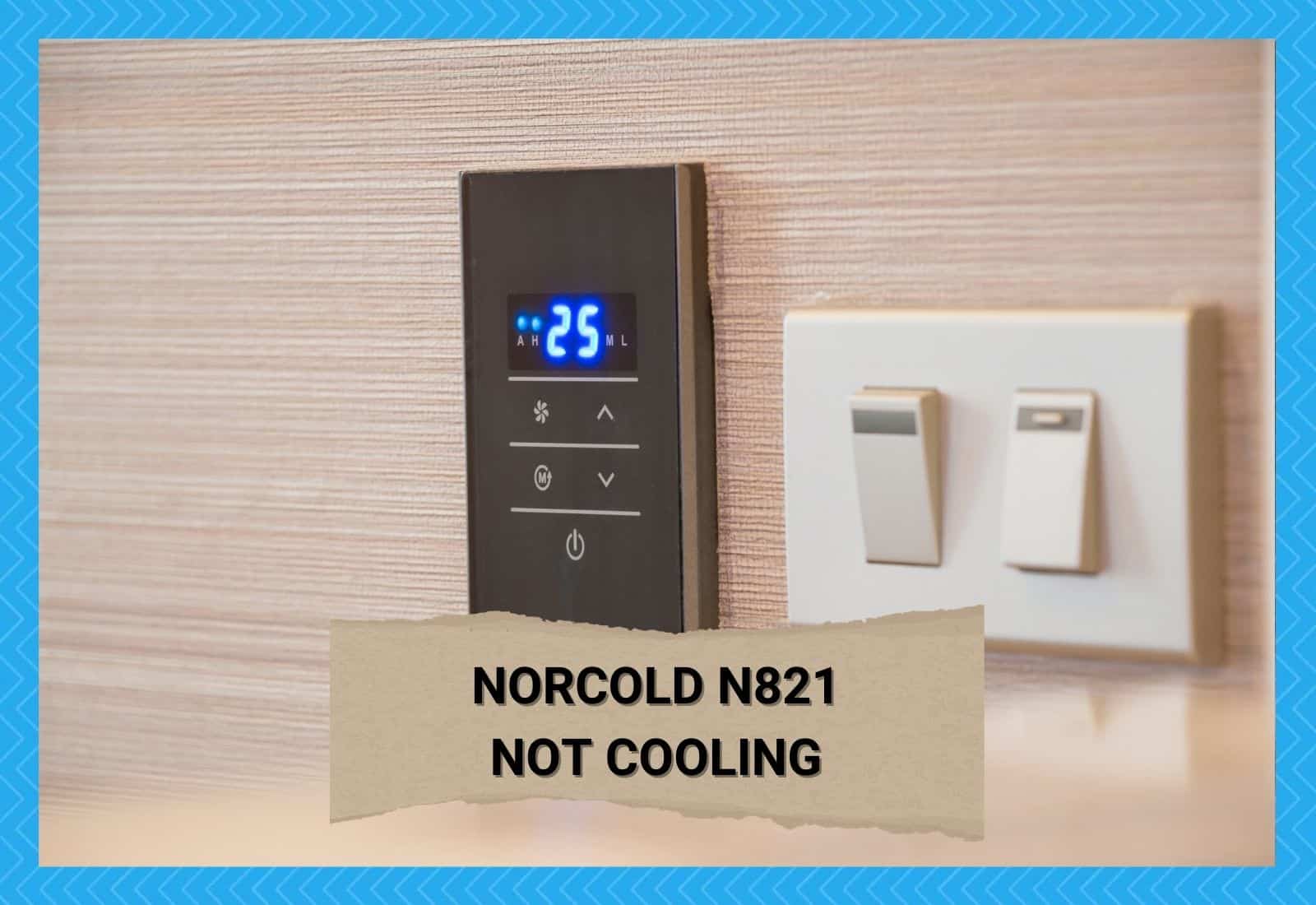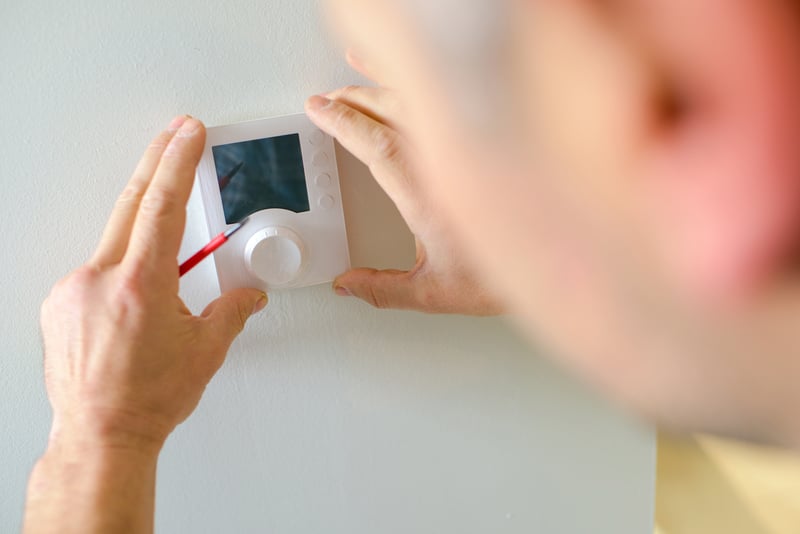
Introduction
We purchase our perfect RV’s to ensure that they perfectly emulate our home comforts. But, critically, an RV must have a fully functioning temperature control system so we will be comfortable in our mobile homes no matter the weather.
They can be simple analog dials to more advanced digitally operated panels, but ultimately they all do the same essential job.
Therefore, when your thermostat appears to be malfunctioning, it can really throw a spanner into any meticulously planned road trip. This article will provide some of the most common culprits causing your thermostat to malfunction and how to fix them.
RV Thermostat Not Working
1. Lack of Power
As with every appliance in your beloved RV, your thermostat requires electricity to control the climate inside your mobile home. Without it, their control system dictates all of the power assigned to your heater and air conditioner.
Without adequate power, your thermostat simply will not function. Arguably this can be the most straightforward issue to identify but sometimes the most challenging to fix.
If your thermostat simply isn’t responding to your commands, you will most likely have an electrical issue. Unfortunately, resolving this can be very challenging as it can result from a lack of overall RV power, broken wire, tripped fuse, etc.
To deal with these issues, ensure that the fuse hasn’t blown and the leisure batteries have adequate power. A more comprehensive assessment will be required if they are functioning correctly.
The best course of action would be to contact an electrical engineer specializing in RV systems. An electrical connection has likely broken within your RV, which will require time and expertise to fix.
2. Temperature Inconsistency
An RV thermostat is a reasonably simple but fragile device that should be able to adjust temperatures within 1 degree. The fragility of this component can wear out over time which will display some specific symptoms you can look out for.
The first sign to look out for is to set your thermostat to 70 degrees fahrenheit, giving it time to adjust to the temperature change.
Next, use a manual thermometer to measure if there is a significant discrepancy between the thermostat and the actual RV temperature. If there is, then it is time to replace it.
Another common symptom of a faulty thermostat is that it permanently leaves the air conditioning unit or heater on or off. This problem indicates the thermostat’s loss of control over the command signal it sends to the devices. In this case, it is also time to replace the thermometer.
3. Battery Power
In the modern age, thermostats have been adapted with a digital interface and internal thermometer. This can afford much greater accuracy with temperature and give the user more precise control with a multi-function interface.
These digital interfaces can be very practical because they can be easily removed from their wall station and moved around the RV. However, this requires the thermostat to use battery power to operate the climate controls.
In some cases, the thermostat may simply not work due to a lack of power. Contemporary thermostats are experts at power-saving initiatives and can appear to work as usual at low power.
However, the signals it sends to the heater and cooler could be compromised, essentially causing a malfunction of the entire system. To resolve this, replace the thermostat’s batteries and test to see if it responds to temperature changes accurately.
4. Are You In Range?
Although the thermostat is the control center for the temperature settings, it might not be the cause of your problems. Instead, the thermostat is an essential emitter that takes your commands and sends instructions to the air conditioner and heater.
If you have recently replaced the heater or air conditioner, then you should follow the appropriate steps to ensure that they are compatible with your thermostat.
Moreover, you should ensure that when you are setting the temperature with a portable digital thermostat, you are in the range of the receiver in your RV. If you have removed and attempted to control it from outside, the correct signals may not be received.
5. Is it The Thermostat?
If there is an issue with your RV’s climate and you have checked all of the above problems, then it may be worth considering that the air conditioning unit and heater are the problem.
Both systems work by heating or cooling air pulled through them to circulate the conditioned air around the RV. Unfortunately, over time, this can allow particles and grime to build up inside the units, preventing them from working correctly.
Moreover, like any electrical appliance, they will wear out over time. The best method for testing this would be to set the thermostat to a very high and then a very low temperature.
On each occasion, assess whether the units are working as expected. If you identify that one appears to be working less optimally, you may not have a thermostat problem after all.
Conclusion
Your RV’s thermostat is an essential component of any RV, so you will want to get it sorted fast when it goes wrong. The above article has illustrated some of the most common faults causing this impractical malfunction.
Most of the faults at reasonably easy to diagnose and even fix yourself. However, for some more severe cases, you will require professional help to guarantee it is fixed correctly and permanently.
So don’t let it ruin your trip, and follow the advice above to get you back to enjoying your adventures on the road.


My thermostat has no power going to it cause the fuse ok circuit breaker ok dometic I am familiar with 12v marine technican 25 years heater and ac not working